Home>Garden Essentials>What Vegetables Have Seeds
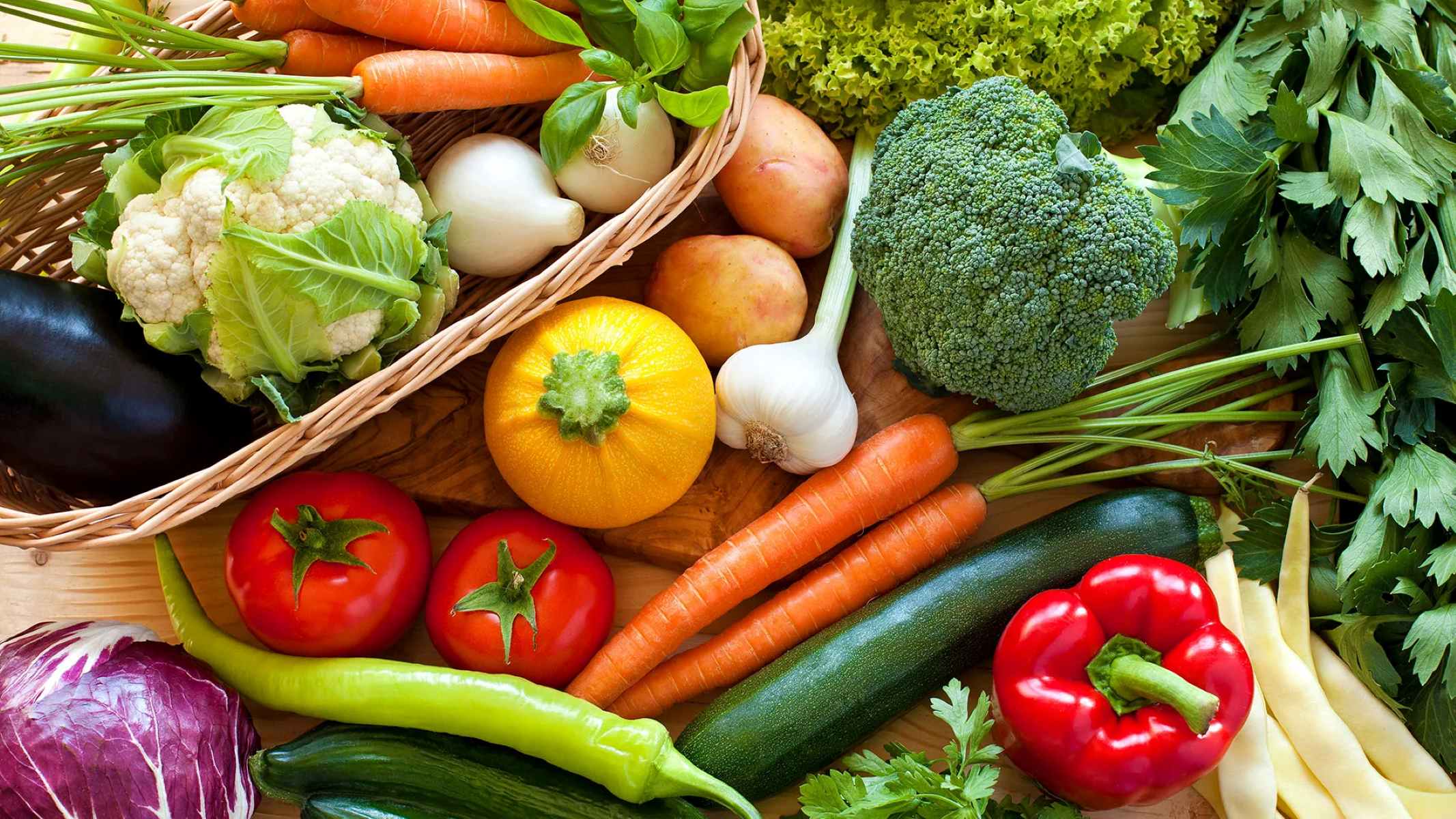

Garden Essentials
What Vegetables Have Seeds
Modified: March 16, 2024
Discover which vegetables in your garden have seeds. From tomatoes to cucumbers, learn about the different veggies that produce seeds for your next harvest.
(Many of the links in this article redirect to a specific reviewed product. Your purchase of these products through affiliate links helps to generate commission for Storables.com, at no extra cost. Learn more)
Introduction
Gardening is a popular hobby for many enthusiasts, and growing vegetables is a rewarding and sustainable way to enjoy fresh and nutritious produce. When it comes to gardening, understanding the different aspects of plants is essential to successful cultivation. One important aspect is the presence of seeds in vegetables.
Seeds are tiny miracles of life that hold the potential for new growth. They contain genetic information and nutrients that enable plants to reproduce and propagate. In the world of vegetables, seeds are particularly important, as they play a crucial role in the cycle of growth and harvesting.
In this article, we will explore the concept of seeds in vegetables and provide a comprehensive list of popular vegetables that contain seeds. Whether you are a seasoned gardener or a beginner, this information will help you deepen your understanding and appreciation for the wonders of nature’s bounty.
Key Takeaways:
- Discover the magic of seeds in vegetables! From tomatoes to sunflowers, many popular veggies contain seeds that hold the potential for new plant growth and provide essential nutrients for a healthy diet.
- Save and replant seeds from your favorite vegetables for sustainable gardening. Embrace the joy of witnessing the complete life cycle of plants and enjoy the benefits of homegrown produce. Happy gardening!
Read more: What Veggies Have Seeds
Understanding Seeds in Vegetables
Seeds are the reproductive units of plants, and they play a vital role in the life cycle of vegetables. Understanding the different types of seeds and their functions can help you make informed decisions when it comes to growing and harvesting vegetables in your garden.
In general, seeds can be divided into two categories: open-pollinated seeds and hybrid seeds. Open-pollinated seeds are produced through natural pollination, where pollen from one plant is transferred to the stigma of the same plant or a genetically similar plant. These seeds tend to be more genetically diverse and can be saved and replanted to produce similar plants in subsequent generations.
On the other hand, hybrid seeds are the result of controlled cross-pollination between two different varieties or species of plants. This controlled breeding process aims to create plants with specific desirable traits, such as disease resistance, uniformity, or improved yield. While hybrid seeds can offer certain advantages, such as consistency in plant characteristics, they do not reliably produce plants that are true to the parent plant in subsequent generations.
When it comes to vegetables, seeds can be found in various parts of the plant. Some vegetables have seeds contained within a fleshy fruit, while others have seeds embedded within the core or scattered throughout the plant tissue. Understanding the location of seeds in different vegetables can help you better care for and harvest them.
Seeds in vegetables are not only important for reproduction but also for nutritional value. They are rich in essential nutrients, such as proteins, healthy fats, vitamins, and minerals. Consuming vegetables with seeds can contribute to a well-rounded and nutritious diet.
Furthermore, collecting seeds from your own vegetables can be a cost-effective and sustainable way to grow plants in subsequent growing seasons. By saving seeds, you can preserve heirloom varieties and ensure a continuous supply of your favorite vegetables.
Now that we have a basic understanding of seeds in vegetables, let’s delve into some popular vegetables that contain seeds.
Some vegetables that have seeds include tomatoes, cucumbers, bell peppers, and zucchini. When buying these vegetables, look for ones that are firm and heavy for their size, as they will likely have more seeds inside.
List of Vegetables with Seeds
When it comes to vegetables, many of them contain seeds. Here is a list of popular vegetables and the parts of the plant where the seeds are typically found:
- Tomatoes: The seeds of tomatoes are located within the gel-like substance surrounding the core of the fruit. They can be easily saved and planted to grow new tomato plants.
- Cucumbers: Cucumber seeds are found in the central cavity of the cucumber. They are surrounded by the fleshy tissue of the vegetable.
- Zucchini and Squash: The seeds in zucchini and squash are found in the bulbous bottom part of the vegetable, also known as the squash blossom end. They are encased within a protective membrane.
- Bell Peppers: Bell peppers have seeds that are located within the central core of the vegetable. The seeds are small and surrounded by the flesh of the pepper.
- Pumpkins: Pumpkin seeds are nestled in the fibrous interior of the fruit. They are a popular snack when roasted and can also be saved and planted for future pumpkin harvests.
- Eggplants: Eggplant seeds are found in the central part of the vegetable, surrounded by the flesh. They are typically small and numerous.
- Melons: Melons, such as watermelons and cantaloupes, have seeds embedded in the fleshy fruit. Some varieties have larger seeds that can be removed, while others have smaller edible seeds.
- Sunflowers: While technically not a vegetable, sunflowers produce large seeds that are commonly consumed as a snack or used in cooking. The seeds are enclosed in the flower head at the center of the plant.
These are just a few examples of vegetables with seeds. Many other vegetables, such as beans, peas, corn, and lettuce, also produce seeds.
Remember, when saving seeds from your vegetables, it’s important to ensure they are fully mature and properly dried before storing them. Storing seeds in a cool, dry place will help maintain their viability and ensure successful future plantings.
By growing vegetables with seeds, you can experience the joy of witnessing the complete life cycle of a plant and enjoy the benefits of homegrown produce.
Conclusion
Seeds in vegetables are not only essential for plant reproduction but also play a significant role in our daily lives. Understanding the presence and location of seeds in different vegetables can help us make informed decisions when it comes to gardening and choosing the right vegetables for our needs.
From tomatoes and cucumbers to pumpkins and sunflowers, there is a wide variety of vegetables that contain seeds. These seeds not only hold the potential for new plant growth but also provide nutritional value and contribute to a well-rounded diet.
By saving and replanting seeds from our favorite vegetables, we can practice sustainable gardening and preserve heirloom varieties. This allows us to maintain a continuous supply of our preferred vegetables while also enjoying the flexibility of growing plants that are well adapted to our specific garden conditions.
Gardening is not only a rewarding hobby but also a way to connect with nature and appreciate the wonders of the plant world. By understanding seeds in vegetables, we gain a deeper appreciation for the intricate processes of plant reproduction and the importance of preserving genetic diversity.
So, the next time you enjoy a juicy tomato or a refreshing cucumber, take a moment to marvel at the tiny seeds within. They are the starting point for new growth and represent the cycle of life that sustains us.
Whether you are an experienced gardener or just starting out, exploring the world of seeds in vegetables opens up a world of possibilities. Embrace the joy of growing your own food, saving seeds, and witnessing the magic of nature unfold.
Happy gardening!
Frequently Asked Questions about What Vegetables Have Seeds
Was this page helpful?
At Storables.com, we guarantee accurate and reliable information. Our content, validated by Expert Board Contributors, is crafted following stringent Editorial Policies. We're committed to providing you with well-researched, expert-backed insights for all your informational needs.
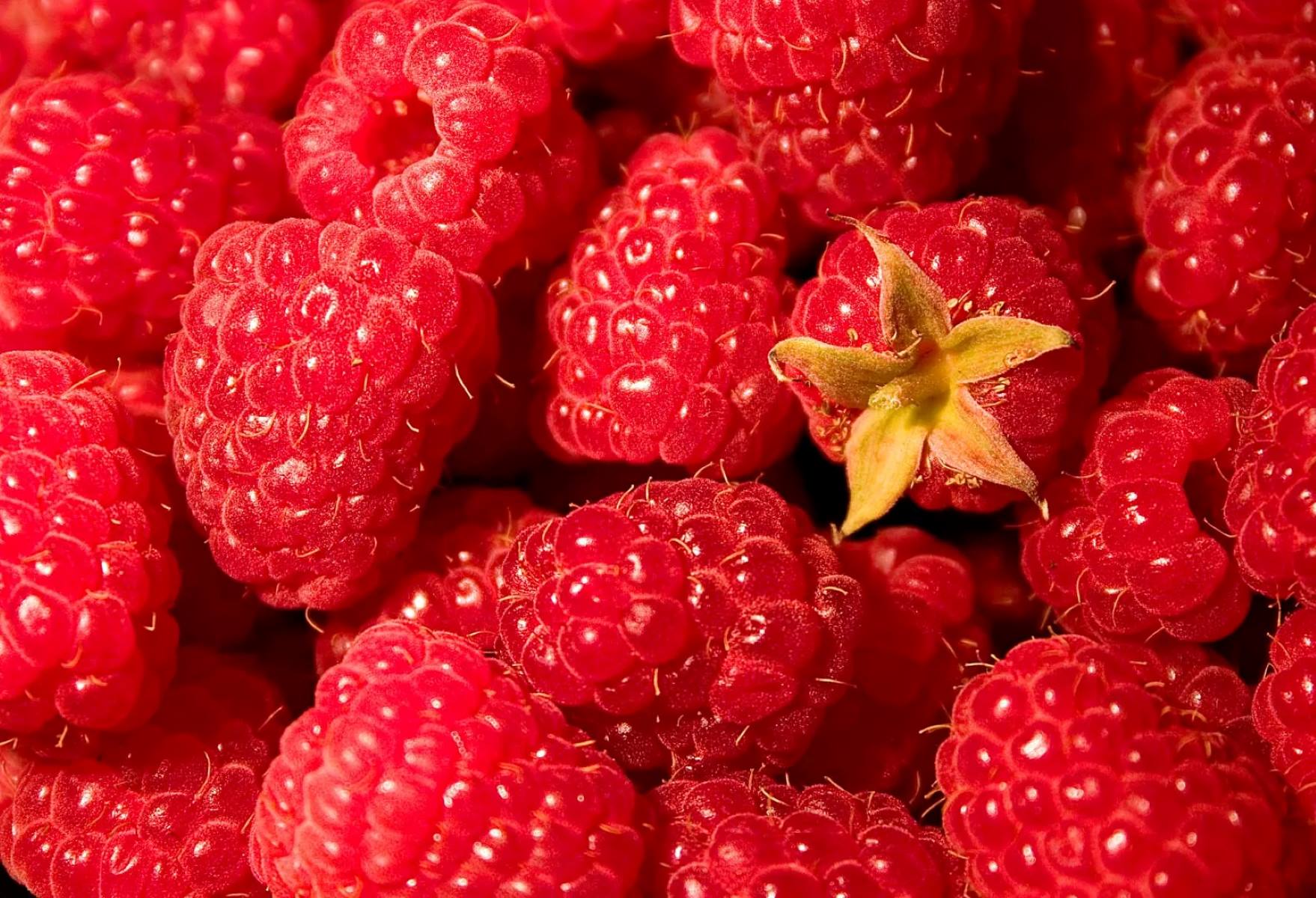
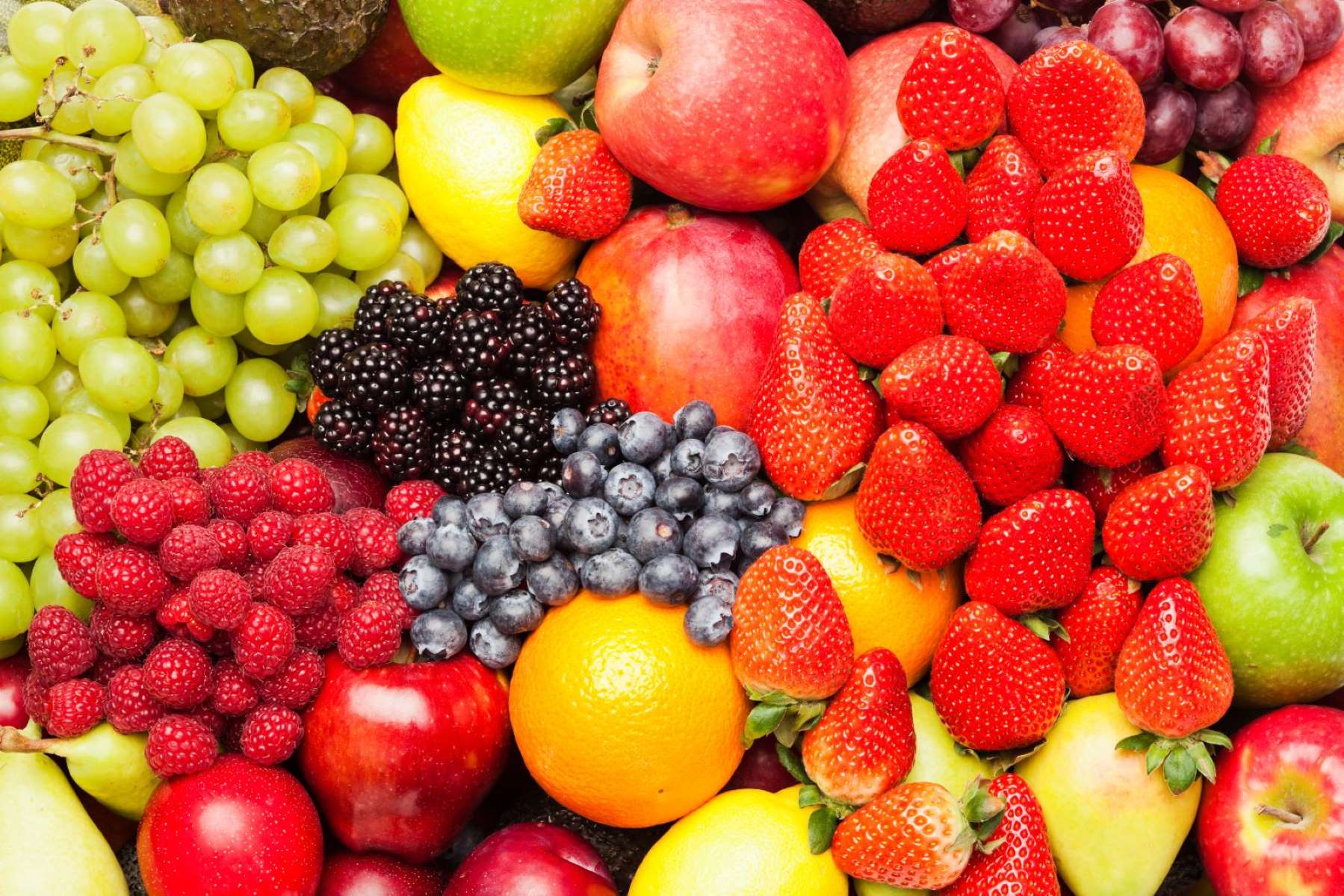
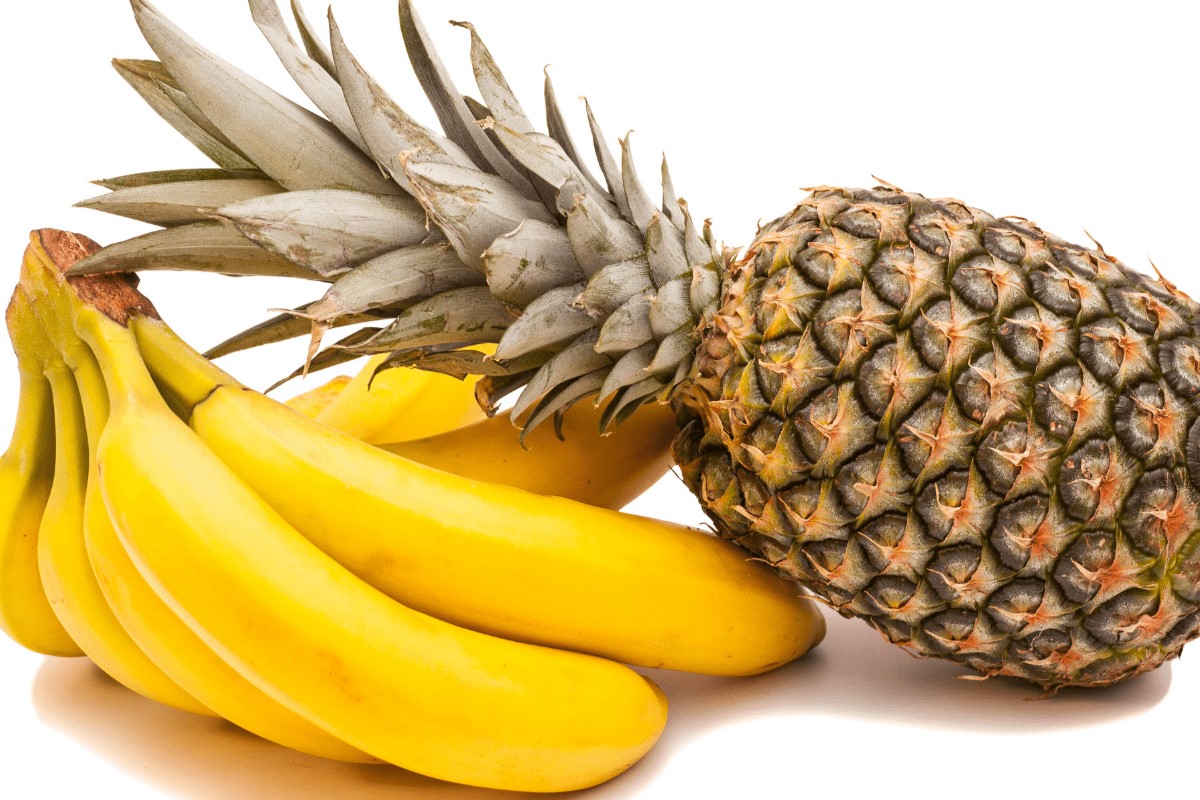
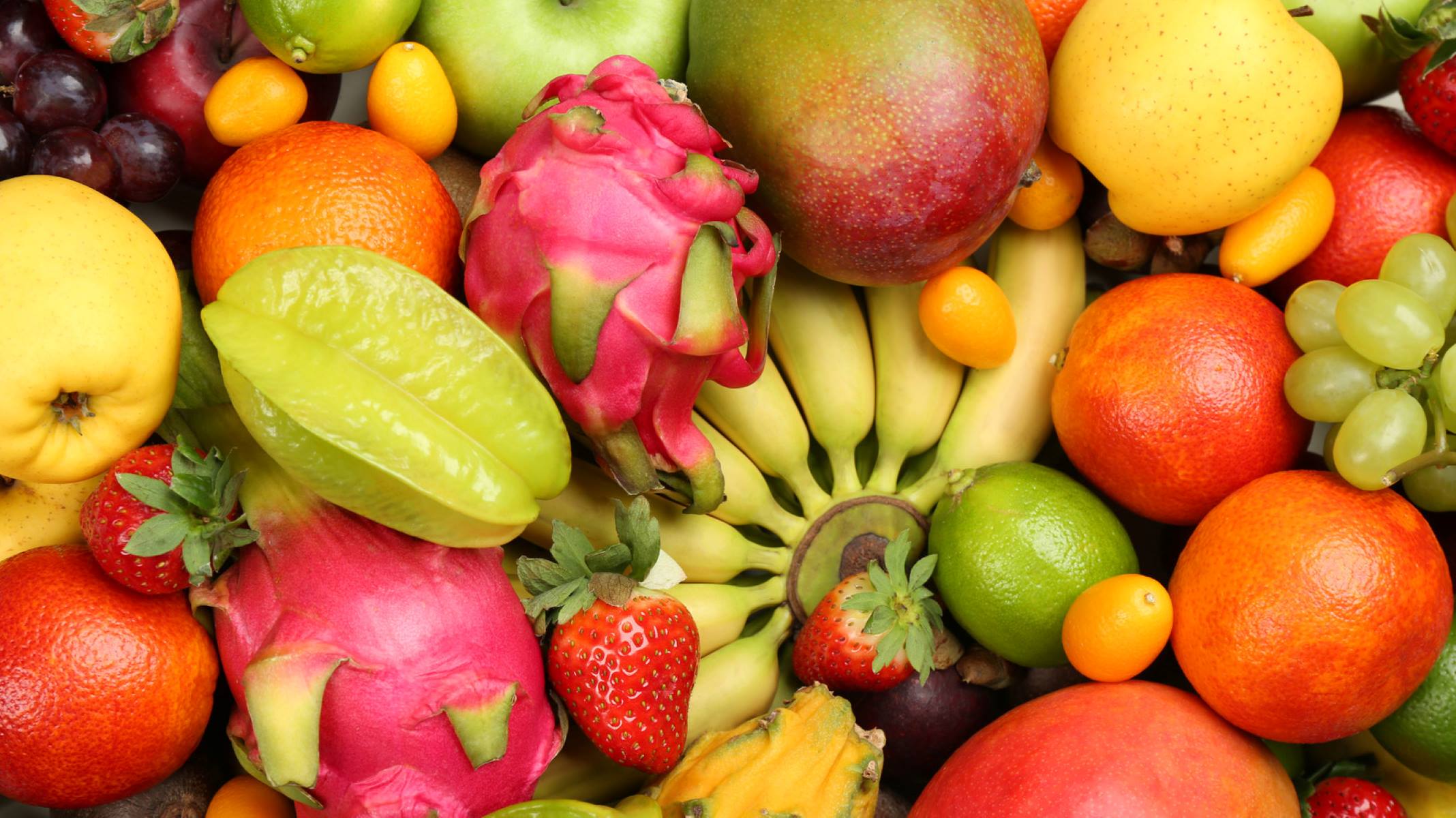
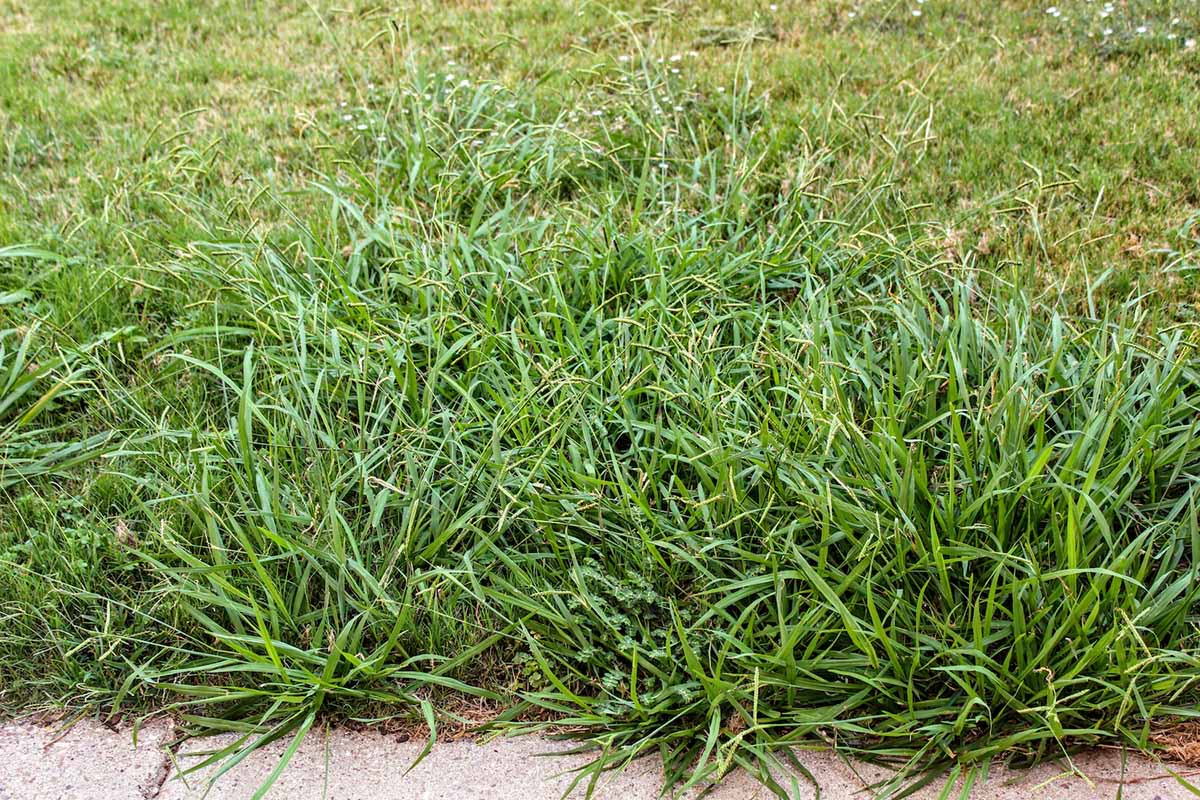
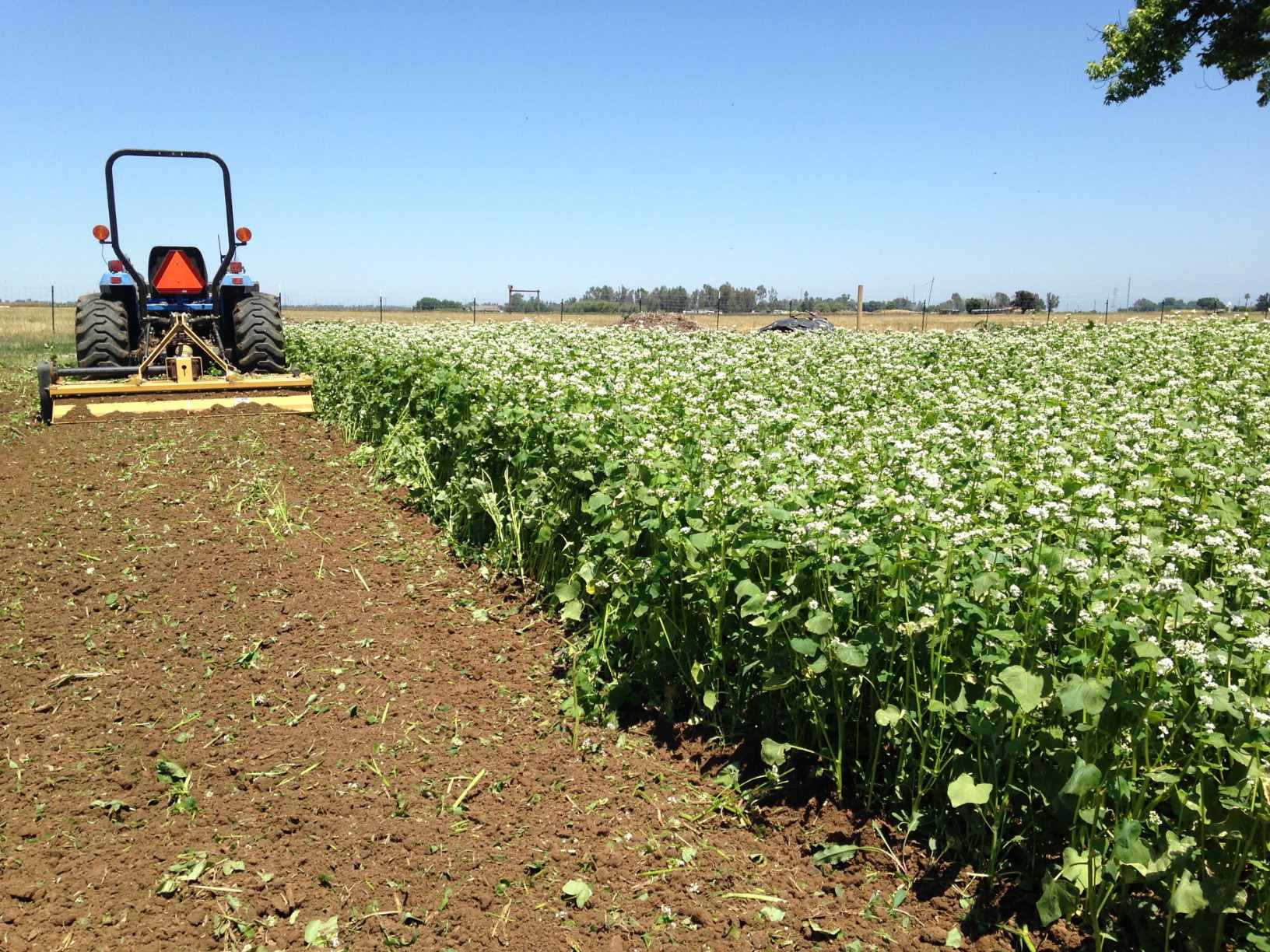
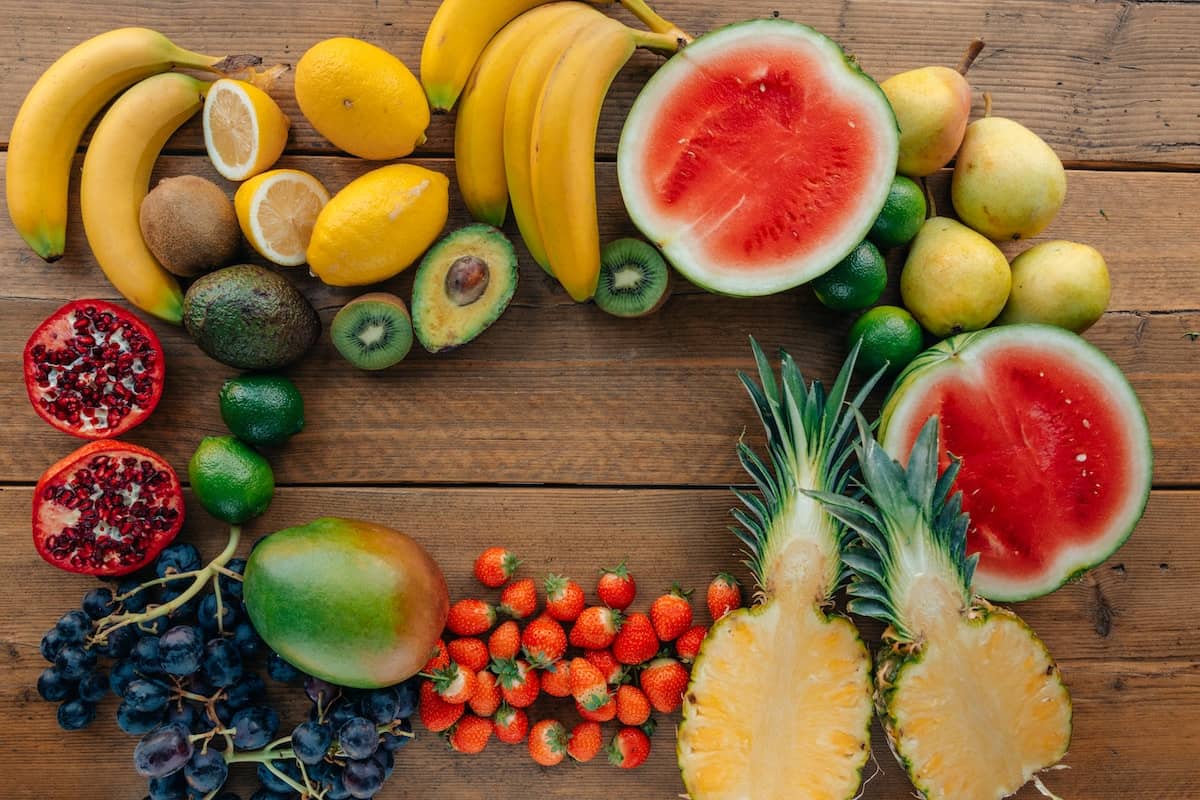


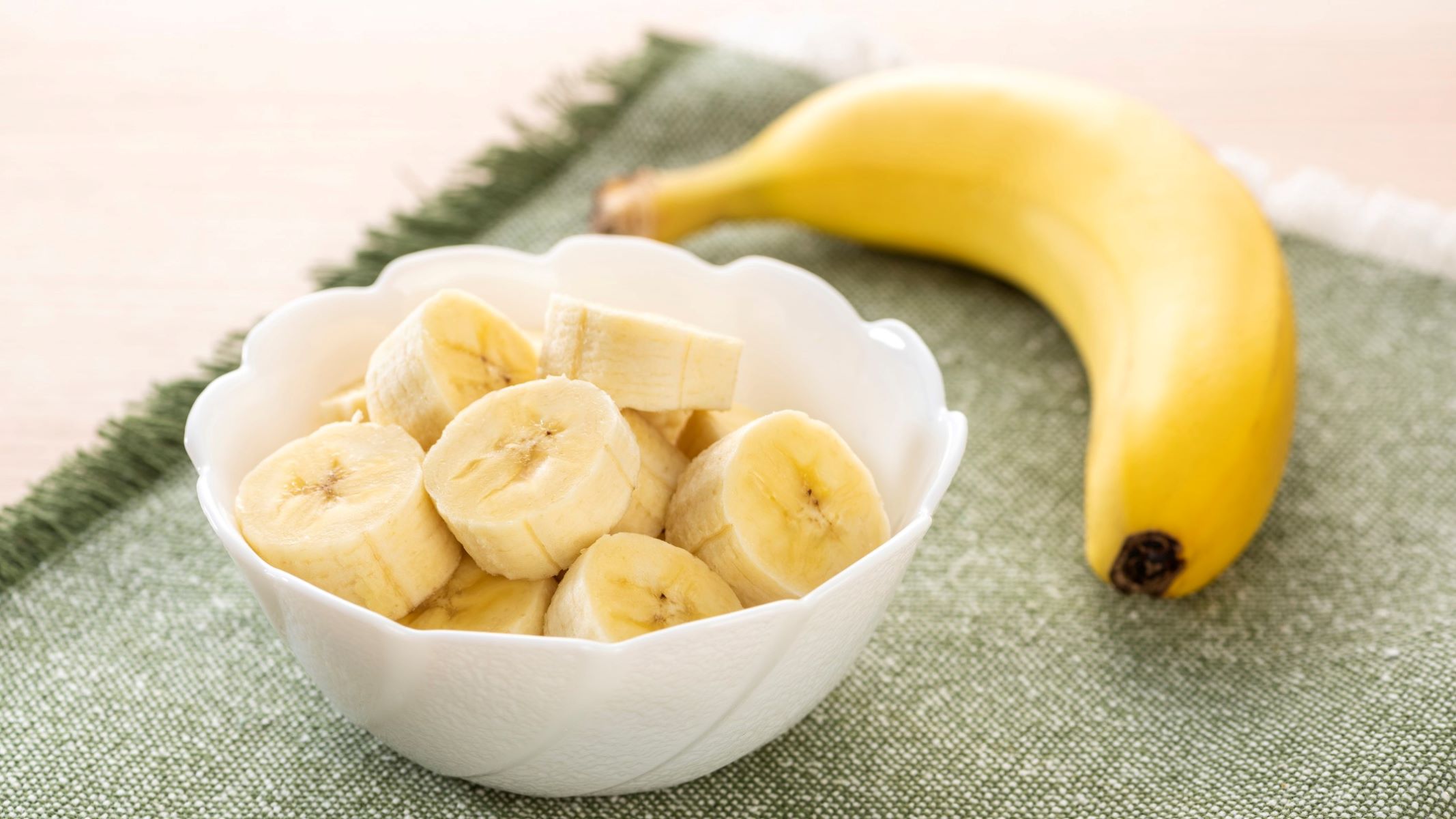
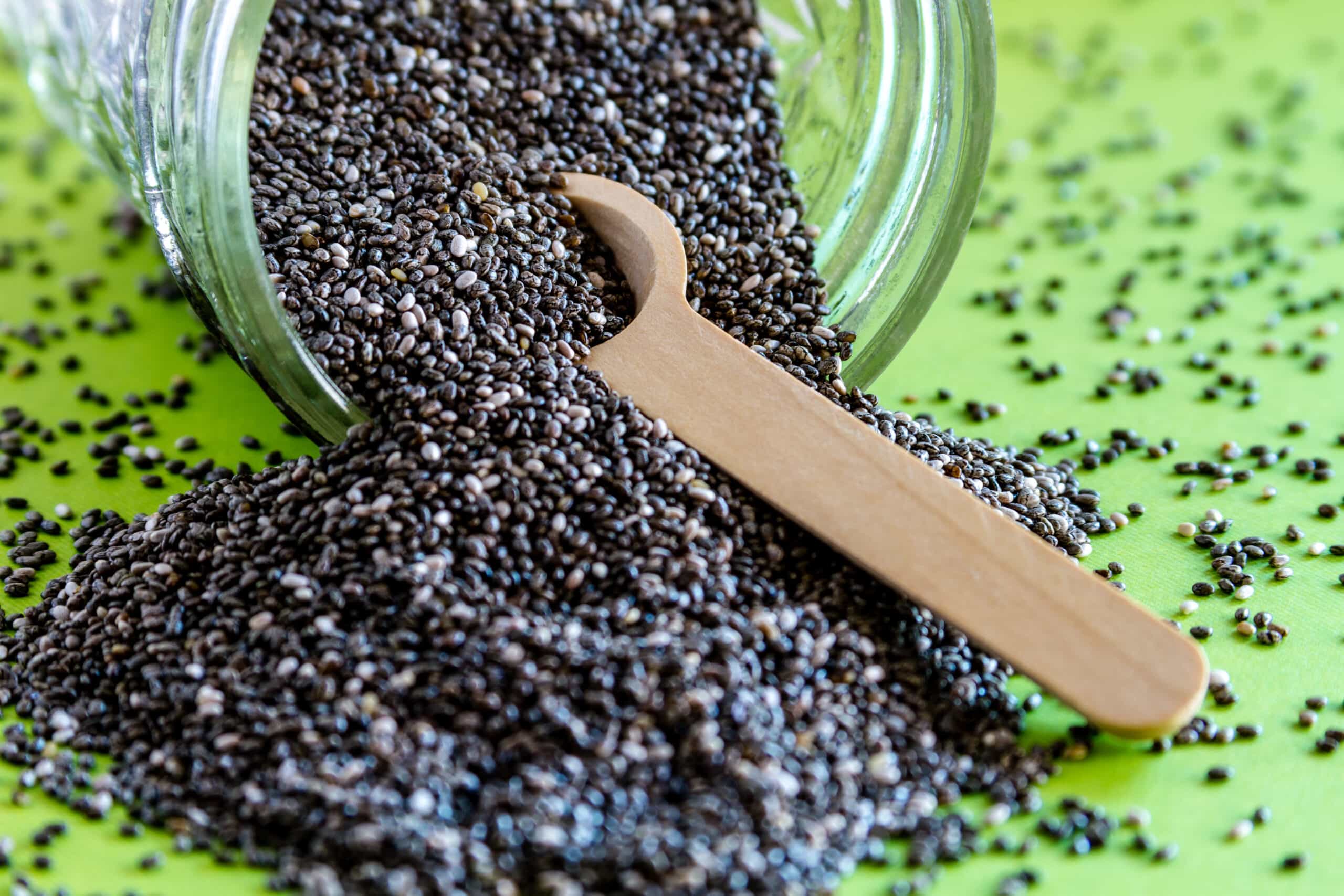
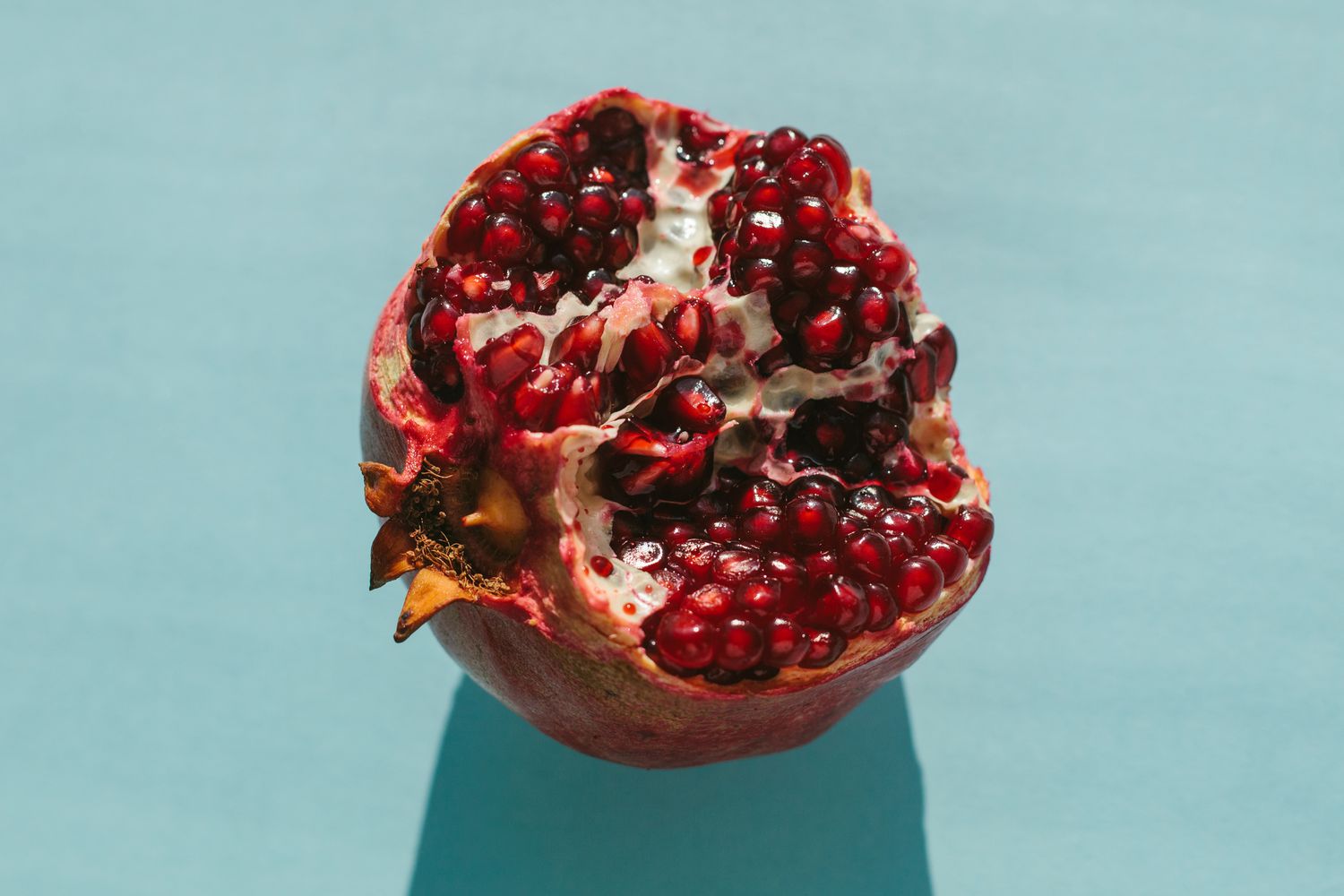
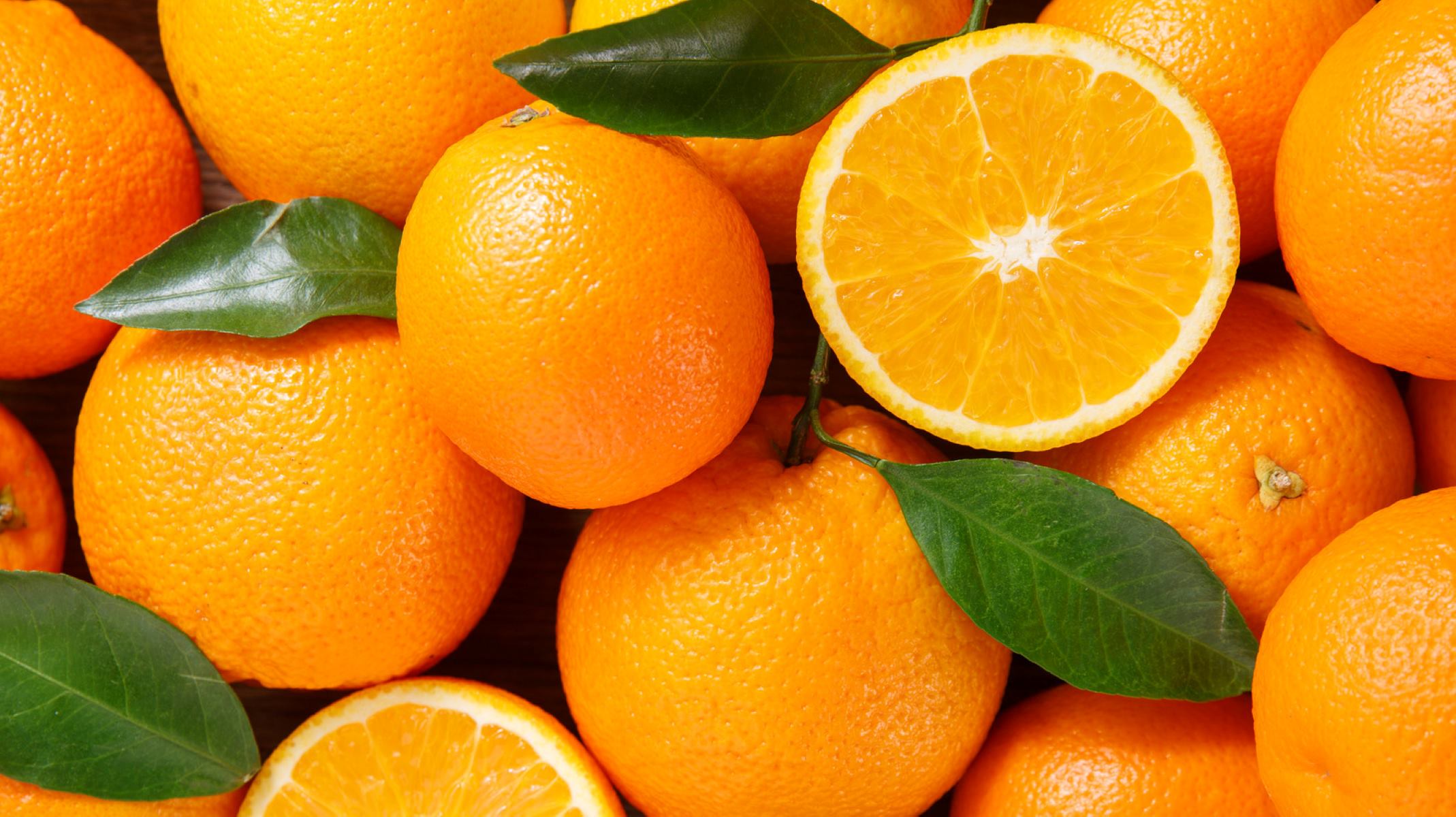
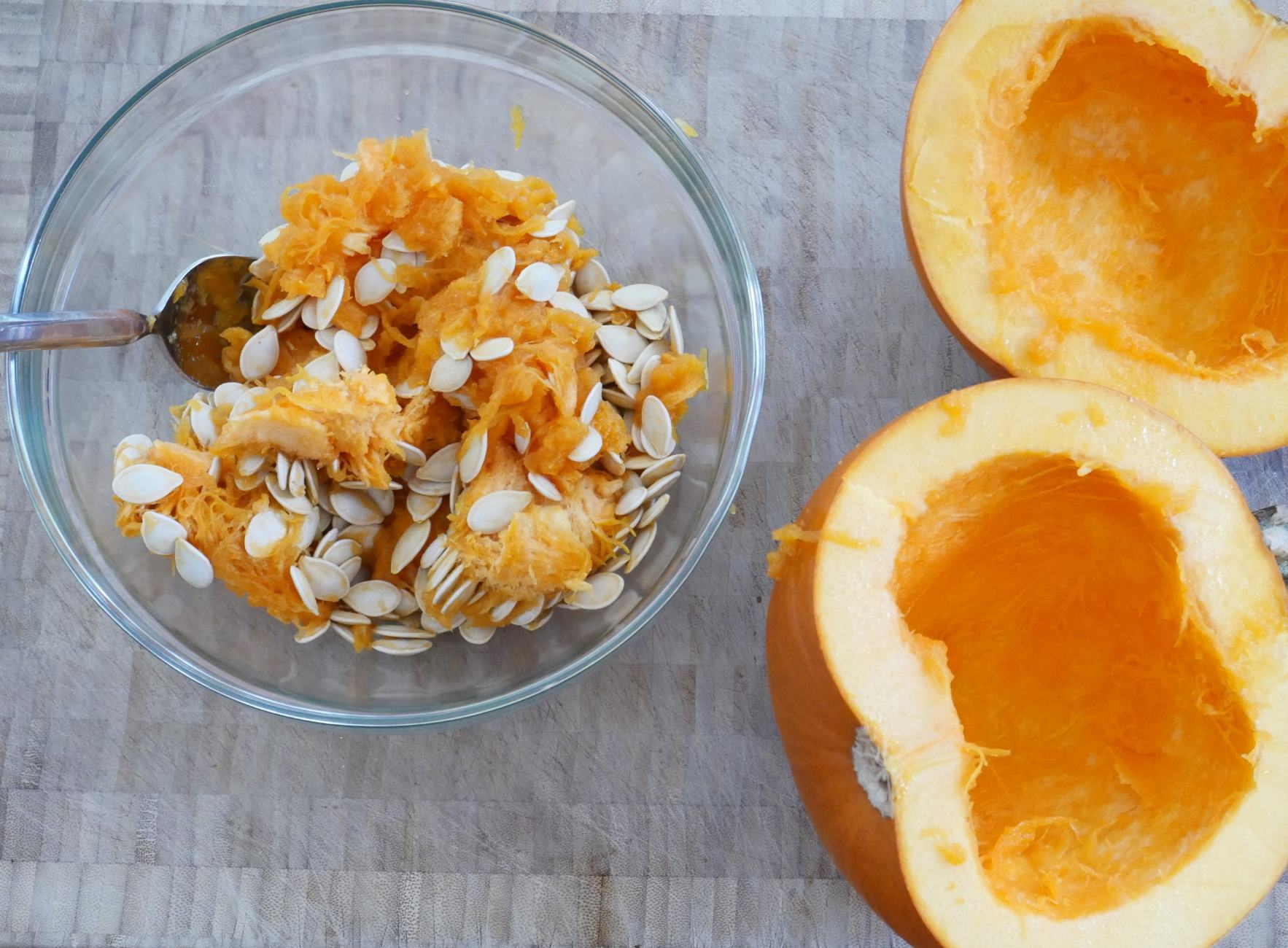
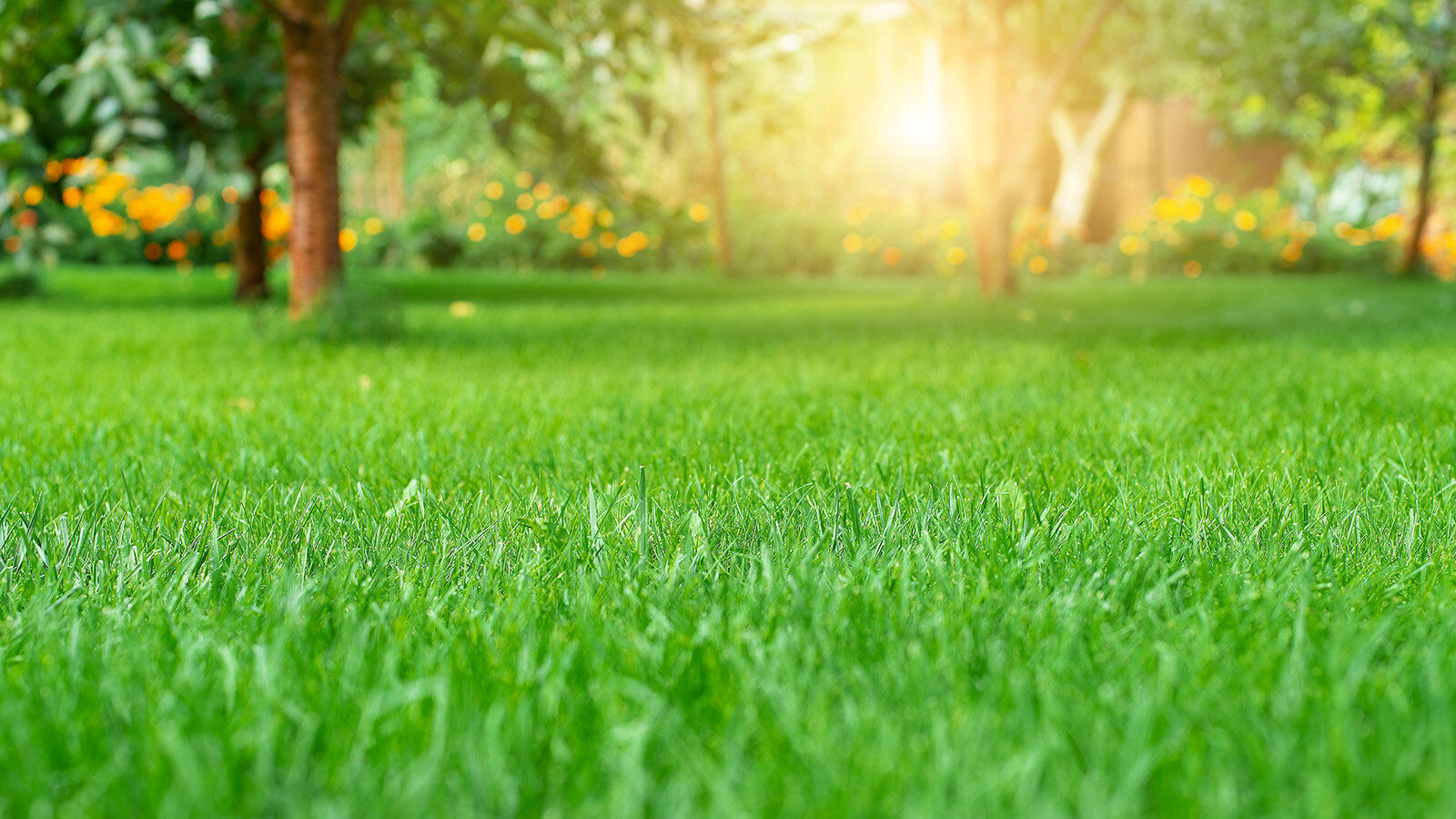

0 thoughts on “What Vegetables Have Seeds”